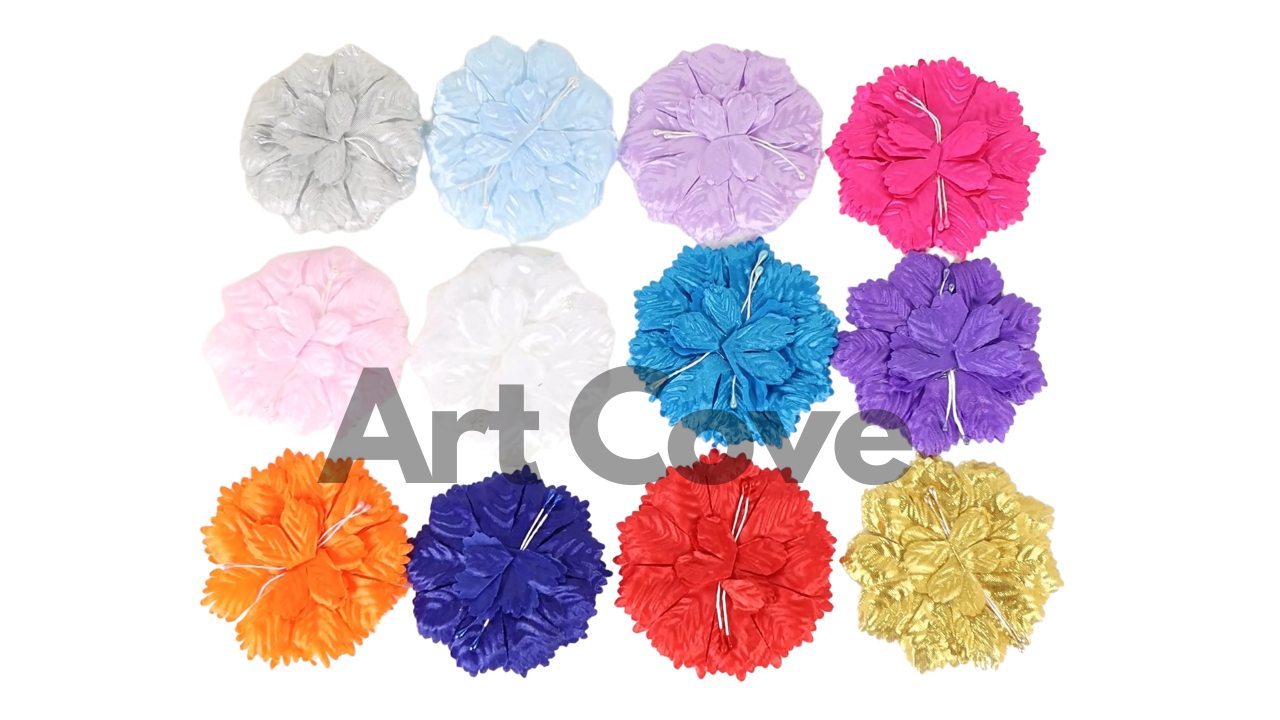How To Use Color Pencils Like A Pro
10/20/2020
by
Remember the first time your little one colored a cloud blue and showed it to you?
Color pencils are the first tools that help bring out the creativity in a kid. Filling colors in shapes is an exciting process.
But children often struggle to hold the pencil the right way. Or apply the same amount of pressure throughout, to get a consistent shade.
If you don't teach them how to use colors at an early age, they'll never learn how to do it properly or be good at it – they won’t know how to use color pencils like a pro.
But it’s never too late to learn. Let’s get started.
Hold The Pencil Sideways
You need to hold the pencil at an angle such that the maximum part of the tip is in contact with the paper. This helps you control the pressure on the pencil and create a beautiful light shade of color. You can build on hue slowly and steadily if you want to create a darker shade. This minimizes uneven lines and keeps the color smooth
Practice Blending Two Colors
Once you perfect the art of coloring one shade, you can learn how to blend colors next. It's not as difficult as it seems – just hold the color pencil as you're taught and start shading from left to right (or vice versa).
Slowly start releasing the pressure on the pencil for a lighter shade as you move forward. This will leave more white spaces that will help blend the second color. Take the second color and start shading from the opposite side and follow the same steps. Keep your shading light when you’re blending the two colors in the center.
Learn The Art Of Burnishing
Some art forms appreciate the textured look of pencil strokes; others prefer a smooth finish. How do you get that? All you need is a blender, a paper stump, or even your finger pads. Begin by slightly rubbing on parts where the pencil strokes are most evident and work your way to the lighter parts. It's better to use a blender instead of your hands if you don't want moisture to smudge your art piece.
Create Shadows And Highlights
Contrary to popular belief, all shadows are not black. Using a black color pencil to create shadows can make your work plain. You can add more depth to your figures by using dark shades like indigo, navy blue, and brown to create a shadow. Similarly, you can use pale gold or yellow to give highlights to your images. That creates a warmer effect than the usual white highlights.
Want to try these tips? To get started on your next art project, you'll need some basic tools.
You can buy art and craft supplies from our online shop at discounted rates. Check out our Facebook and Instagram pages for more updates.








